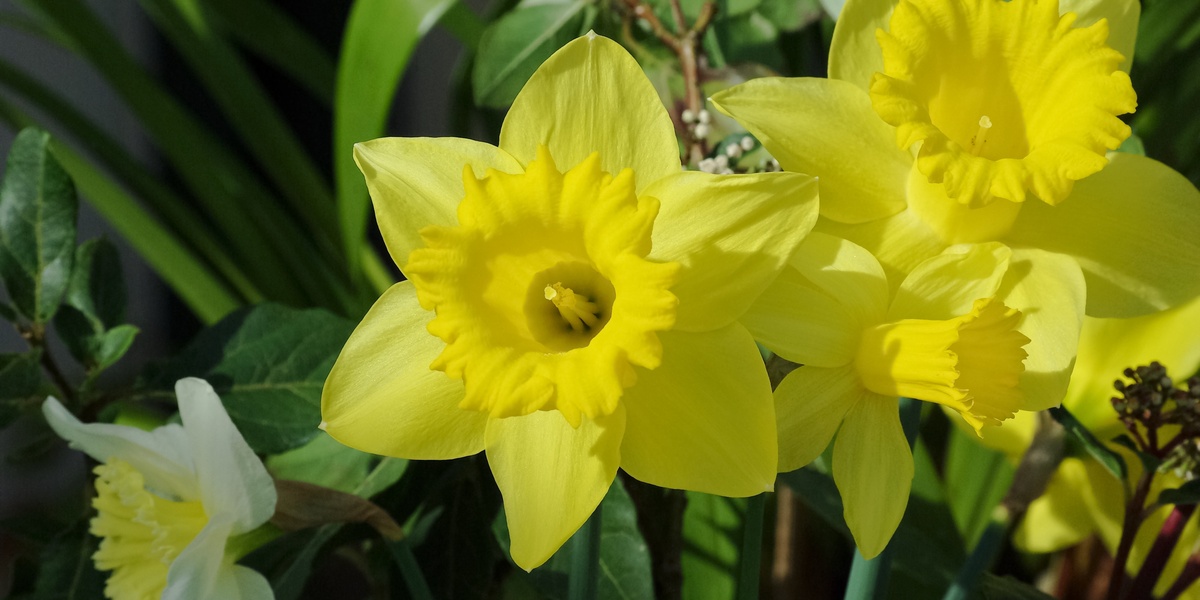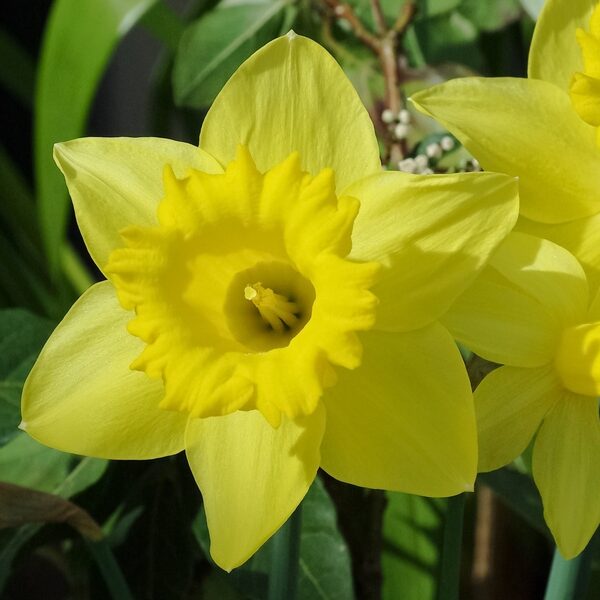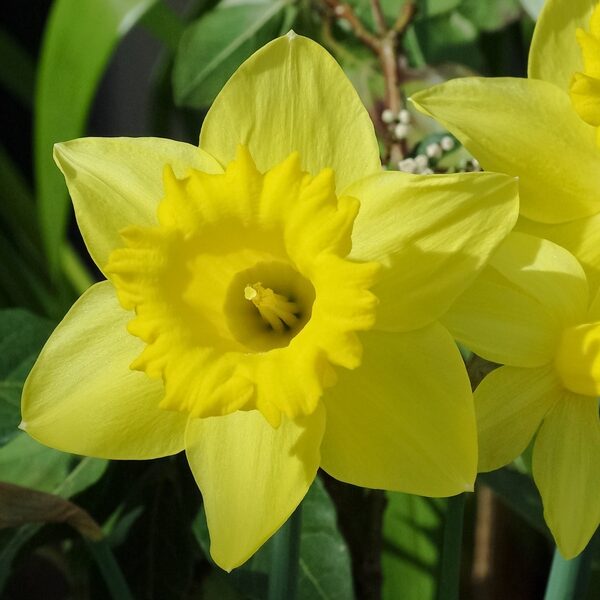Here you’ll find 41 Flowers that start with T, listed from “Tahitian gardenia” to “Twinspur”. They are commonly used in gardens, bouquets and habitat plantings, and include both cultivated and wild species.
Flowers that start with T are a varied group of showy blooms spanning shrubs, bulbs, herbs and tropical ornamentals. Many have cultural roles; for example, the Tahitian gardenia is a traditional Polynesian symbol of beauty and welcome.
Below you’ll find the table with scientific name (binomial), colors, locations and season.
Scientific name (binomial): Use the scientific name to precisely identify each species and to find more details across plant databases and guides.
Colors: Shows principal flower colors so you can match palette choices for gardens, bouquets or habitat planting.
Locations: Lists native ranges and common naturalized regions so you know where each flower commonly grows or thrives.
Season: You can see typical flowering months or seasons, with hemisphere notes for accurate planning.
Flowers that start with T
| Common name | Scientific name | Colors | Locations & Season |
|---|---|---|---|
| Tulip | Tulipa gesneriana | red, pink, yellow | Central Asia; cultivated worldwide; spring (Mar–May) N. Hemisphere |
| Tuberose | Polianthes tuberosa | white | Mexico; naturalized warm regions; summer (Jun–Aug) N. Hemisphere |
| Tiger lily | Lilium lancifolium | orange | East Asia; naturalized N. America; summer (Jun–Aug) N. Hemisphere |
| Trillium | Trillium grandiflorum | white, pink | Eastern North America; spring (Apr–May) N. Hemisphere |
| Titan arum | Amorphophallus titanum | maroon, purple | Sumatra; cultivated botanical collections worldwide; variable |
| Toad lily | Tricyrtis hirta | white, purple | Japan; cultivated temperate gardens; autumn (Sep–Oct) N. Hemisphere |
| Tree peony | Paeonia suffruticosa | pink, red, white | China; cultivated worldwide; spring (Apr–May) N. Hemisphere |
| Tansy | Tanacetum vulgare | yellow | Eurasia; naturalized N. America; summer (Jul–Aug) N. Hemisphere |
| Tickseed | Coreopsis grandiflora | yellow | North America; cultivated widely; summer (Jun–Aug) N. Hemisphere |
| Toadflax | Linaria vulgaris | yellow, orange | Eurasia; naturalized N. America; summer (Jun–Aug) N. Hemisphere |
| Trumpet vine | Campsis radicans | orange, red | Eastern North America; naturalized temperate regions; summer (Jun–Aug) N. Hemisphere |
| Thrift | Armeria maritima | pink, white | Europe; naturalized N. America; spring–summer (May–Jul) N. Hemisphere |
| Texas bluebonnet | Lupinus texensis | blue, purple | Texas, USA; cultivated across S. USA; spring (Mar–Apr) N. Hemisphere |
| Trumpet lily | Lilium longiflorum | white | Japan; cultivated worldwide; spring (Apr–May) N. Hemisphere |
| Thistle | Cirsium vulgare | purple, pink | Eurasia; naturalized worldwide; summer (Jun–Aug) N. Hemisphere |
| Tulip tree | Liriodendron tulipifera | yellow, green | Eastern North America; cultivated in Europe; spring–early summer (May–Jun) N. Hemisphere |
| Touch-me-not | Impatiens capensis | orange | North America; naturalized parts of Europe; summer (Jun–Aug) N. Hemisphere |
| Tuberous begonia | Begonia × tuberhybrida | pink, red, white | Andes (ancestral); cultivated worldwide; summer (Jun–Sep) N. Hemisphere |
| Thyme | Thymus vulgaris | purple, pink, white | Mediterranean; cultivated worldwide; summer (Jun–Jul) N. Hemisphere |
| Trumpet daffodil | Narcissus pseudonarcissus | yellow, white | Europe; cultivated worldwide; spring (Mar–May) N. Hemisphere |
| Turk’s cap lily | Lilium superbum | orange, red, yellow | Eastern North America; summer (Jun–Aug) N. Hemisphere |
| Turk’s cap | Malvaviscus arboreus | red, pink | Mexico, Central America; cultivated tropics; summer–fall (Jun–Oct) N. Hemisphere |
| Torenia | Torenia fournieri | purple, blue, white | Asia; cultivated worldwide; summer (Jun–Sep) N. Hemisphere |
| Toothache plant | Acmella oleracea | yellow, red | South America; cultivated worldwide; summer (Jun–Sep) N. Hemisphere |
| Tree mallow | Malva arborea | pink, white | Europe; cultivated coastal gardens; summer (Jun–Aug) N. Hemisphere |
| Torch lily | Kniphofia uvaria | red, orange, yellow | South Africa; cultivated worldwide; summer (Jun–Aug) N. Hemisphere |
| Tahitian gardenia | Gardenia taitensis | white | Polynesia; cultivated tropical gardens; year‑round in tropics |
| Tulip poppy | Papaver orientale | red, orange, pink | Caucasus, Turkey; cultivated worldwide; spring (Apr–May) N. Hemisphere |
| Teasel | Dipsacus fullonum | purple, white | Europe; naturalized N. America; summer (Jul–Aug) N. Hemisphere |
| Trailing petunia | Petunia × atkinsiana | pink, purple, white | Hybrid; cultivated worldwide; summer (May–Sep) N. Hemisphere |
| Trailing lobelia | Lobelia erinus | blue, purple, white | Africa; cultivated worldwide; summer (Jun–Sep) N. Hemisphere |
| Tree poppy | Romneya coulteri | white, yellow | California, USA; cultivated in Mediterranean climates; spring–summer (Apr–Jun) N. Hemisphere |
| Texas sage | Leucophyllum frutescens | purple, pink | Texas, Mexico; cultivated in arid landscapes; summer–fall (Jun–Oct) N. Hemisphere |
| Trumpetbush | Tecoma stans | yellow | Tropical Americas; naturalized in tropics worldwide; summer–fall (May–Sep) N. Hemisphere |
| Trout lily | Erythronium americanum | yellow, white | Eastern North America; spring (Mar–May) N. Hemisphere |
| Tall phlox | Phlox paniculata | pink, white, purple | Eastern North America; cultivated worldwide; summer (Jul–Aug) N. Hemisphere |
| Trailing verbena | Verbena × hybrida | purple, pink, white | Hybrid; cultivated worldwide; summer (Jun–Sep) N. Hemisphere |
| Tree dahlia | Dahlia imperialis | pink, purple | Mexico, Central America; cultivated in warm climates; autumn (Oct–Nov) N. Hemisphere |
| Tree tobacco | Nicotiana glauca | yellow | South America; naturalized in arid regions; spring–summer (Apr–Jul) N. Hemisphere |
| Toothwort | Cardamine concatenata | white, pink | Eastern North America; spring (Mar–Apr) N. Hemisphere |
| Twinspur | Diascia integerrima | pink, red, white | South Africa; cultivated worldwide; summer (Jun–Sep) N. Hemisphere |
Descriptions
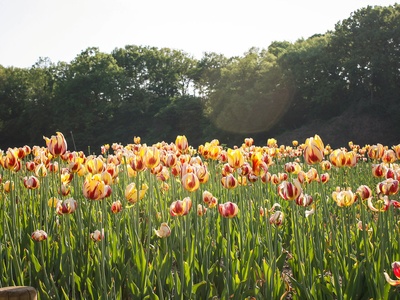
Tulip
Cup-shaped bulbs with bold, colorful blooms—classic spring bedding and cut flowers, 20–60 cm tall.
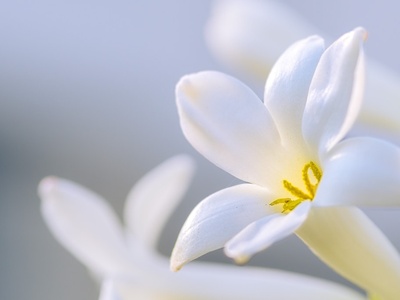
Tuberose
Fragrant, elongated flower spikes prized in perfumery and bouquets; tuberous, 30–60 cm tall.
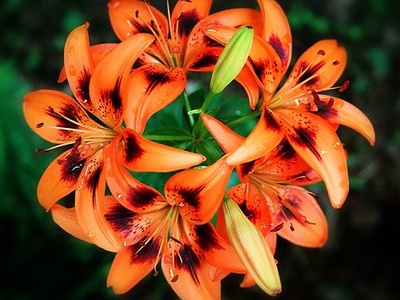
Tiger lily
Nodding, spotted, recurved petals on tall stems; dramatic vertical accents in perennial borders.
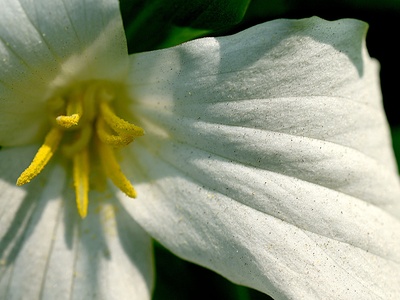
Trillium
Three-petaled woodland ephemerals for shady gardens; low-growing, excellent spring interest.
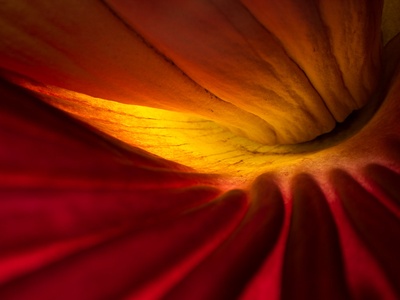
Titan arum
Famous giant, malodorous inflorescence—rare, dramatic museum specimen reaching multi‑metre height.
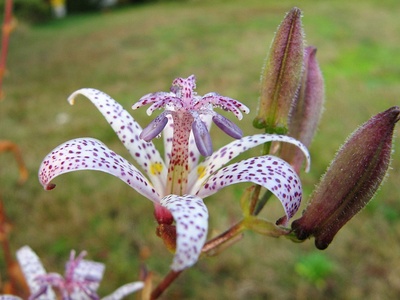
Toad lily
Spotted, orchid-like blooms on arching stems; shade-loving late-season interest, 30–60 cm.
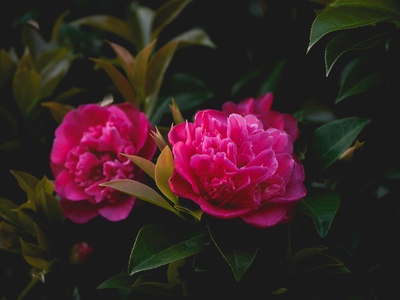
Tree peony
Woody-stemmed peony with very large, lush blooms; long-lived specimen and focal shrub, 1–2 m.
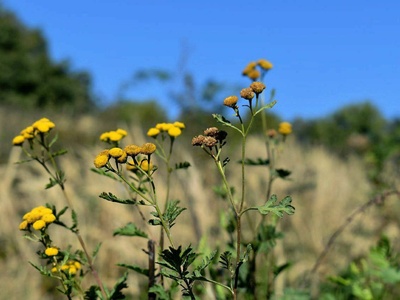
Tansy
Clusters of button-like yellow flowers and aromatic foliage; cottage-garden or wildflower plant.
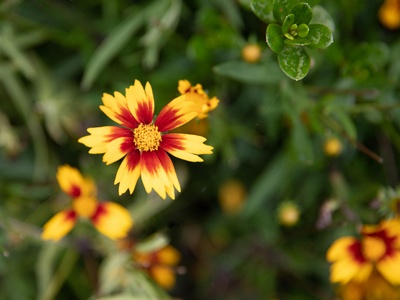
Tickseed
Daisy-like, long-blooming perennial for sunny borders and pollinators, 30–60 cm.
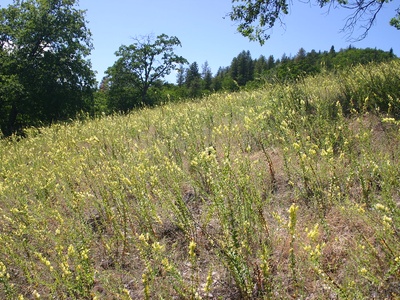
Toadflax
Spurred snapdragon-like flowers on upright stems; common wildflower that attracts bees.
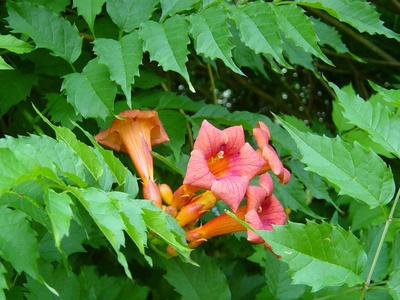
Trumpet vine
Vigorous woody climber with tubular, hummingbird-attracting flowers; ideal for arbors and fences.
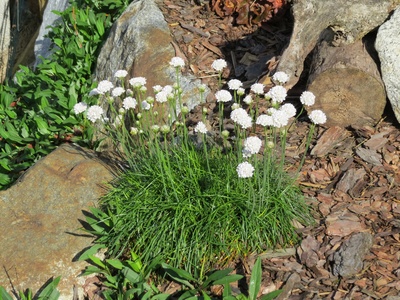
Thrift
Low, cushion-forming perennial with globe flowerheads; perfect for rock gardens and seaside sites.
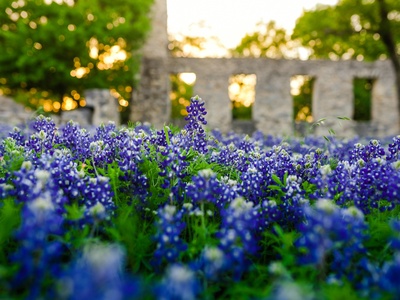
Texas bluebonnet
Iconic pea-family wildflower with erect blue spikes; great for meadows and roadside displays.
Trumpet lily
Tall, fragrant, trumpet-shaped lilies often used as Easter flowers; elegant in pots or borders.
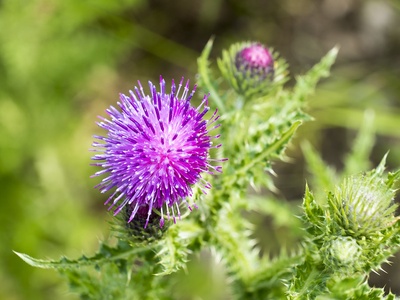
Thistle
Spiny biennial with globe-like flowerheads; valued by many pollinators despite prickly habit.
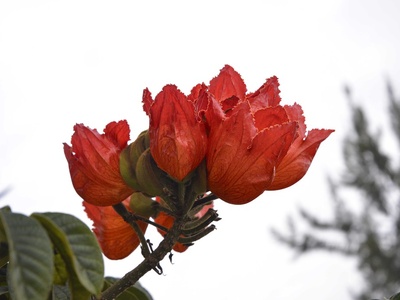
Tulip tree
Large, stately tree with tulip-shaped flowers and distinctive foliage; used in parks and large gardens.
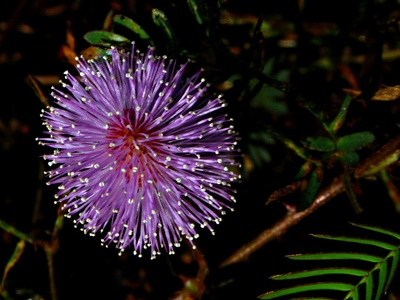
Touch-me-not
Moist-shade annual with slipper-like orange blooms; seed pods explosively disperse when touched.
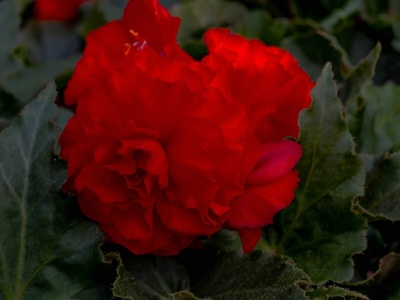
Tuberous begonia
Showy, large-flowered begonias on tubers—excellent in containers and shaded bedding displays.
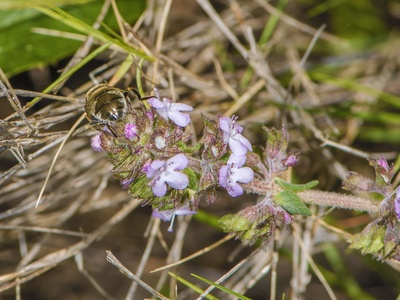
Thyme
Aromatic herb with tiny tubular flowers; low groundcover and pollinator-friendly edging plant.
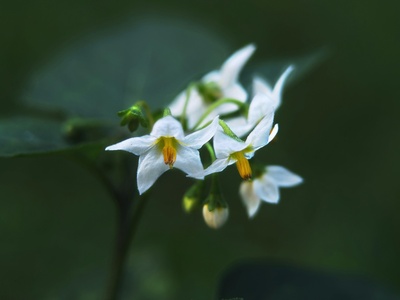
Trumpet daffodil
Classic daffodil with prominent central trumpet; early spring bulbs for borders and containers.
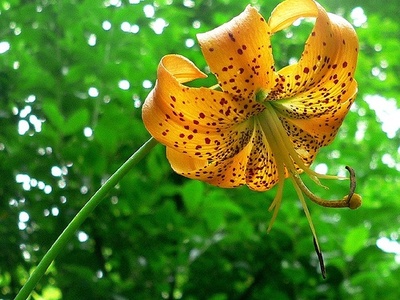
Turk’s cap lily
Recurved, turban-shaped petals with spots; tall, showy native lily for meadows and borders.
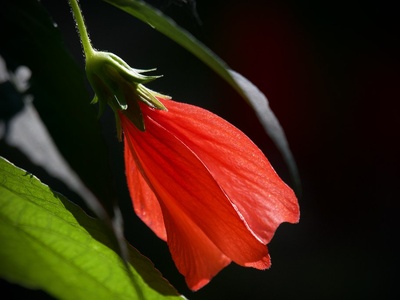
Turk’s cap
Hibiscus-like, drooping blooms on a long-blooming shrub; shade-tolerant and wildlife-friendly.
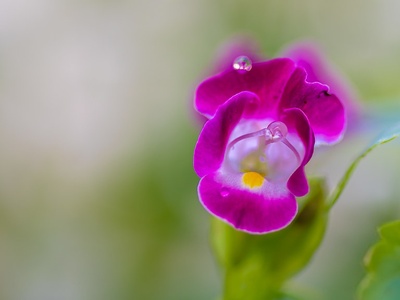
Torenia
Low, bedding annual with two-lipped blooms ideal for shade containers and hanging baskets.
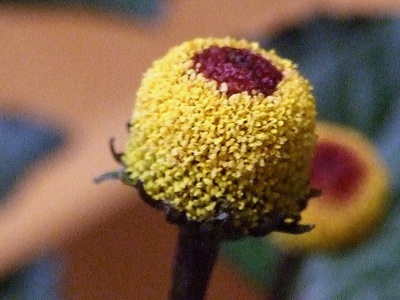
Toothache plant
Small, button-like flowers that produce a tingling sensation; grown as novelty ornamental and edible.
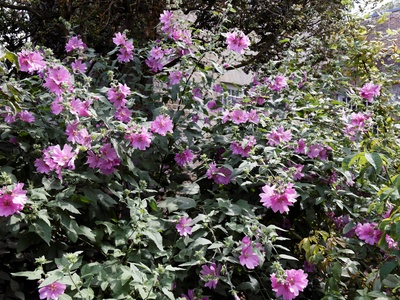
Tree mallow
Salt-tolerant coastal shrub with large hibiscus-like flowers; useful for seaside planting.
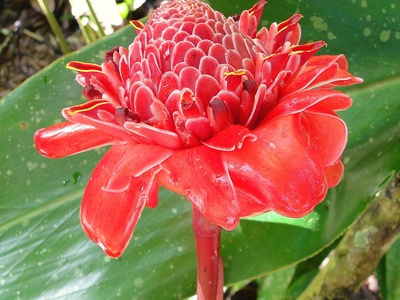
Torch lily
Vertical spikes of tubular flowers—bold architectural plants that attract hummingbirds.
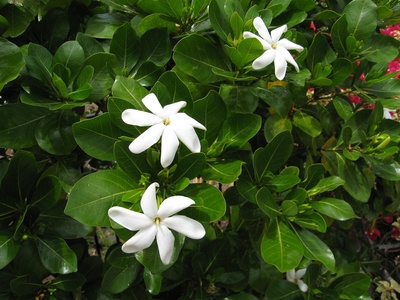
Tahitian gardenia
Intensely fragrant white flowers used in leis and scent production; glossy evergreen shrub.
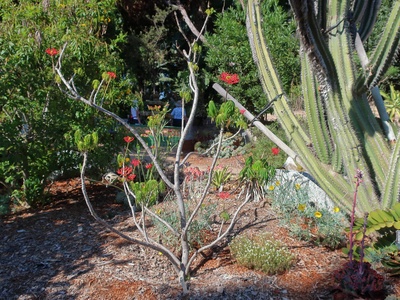
Tulip poppy
Large, papery poppy blooms with dramatic colors—showy early-season border plants.
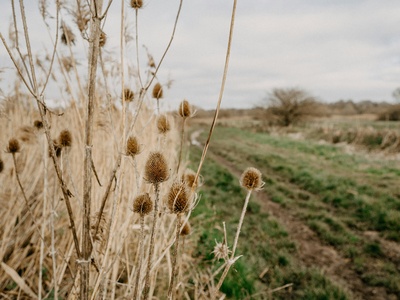
Teasel
Spiky seedheads with dense flower bands; popular for dried arrangements and cottage gardens.
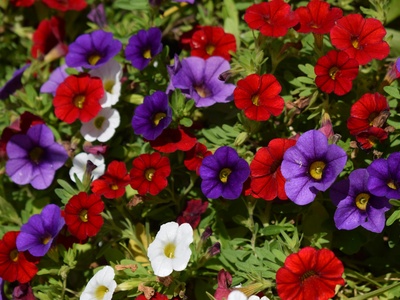
Trailing petunia
Spreading petunia group perfect for hanging baskets and groundcover; long-blooming and colorful.
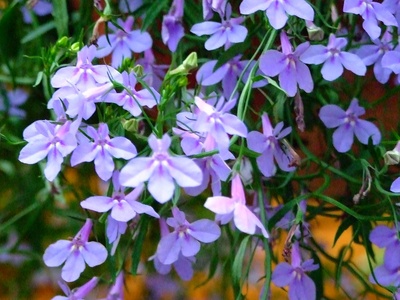
Trailing lobelia
Low, mounding bedding plant with delicate tubular flowers—great for edgings and containers.
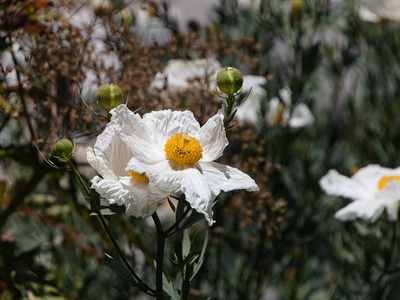
Tree poppy
Huge, crepe-paper white flowers with yellow centers; bold, drought-tolerant once established.
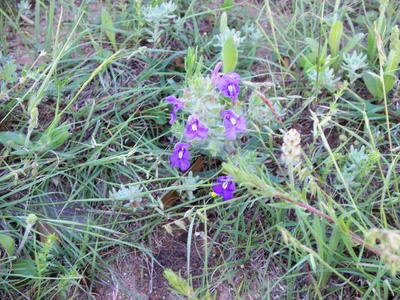
Texas sage
Silvery-foliaged shrub that blooms profusely after heat or rain; drought-tolerant and low-maintenance.
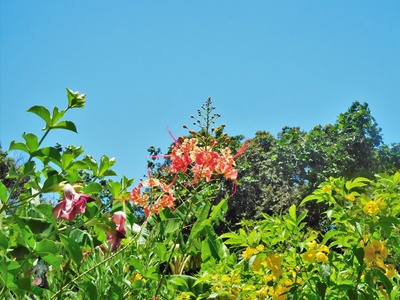
Trumpetbush
Clusters of bright yellow trumpets on a fast-growing shrub—good for heat-tolerant landscapes.
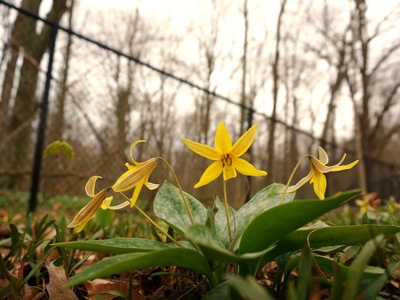
Trout lily
Delicate, nodding, lily-like flowers carpeting woodland floors; early ephemeral spring charm.
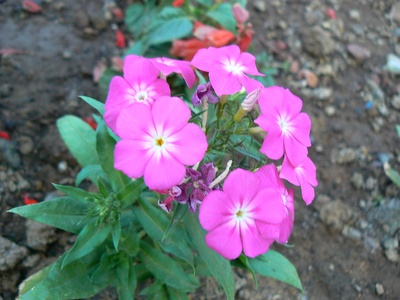
Tall phlox
Fragrant, dense panicles of flowers for borders and cut bouquets; 60–120 cm tall.
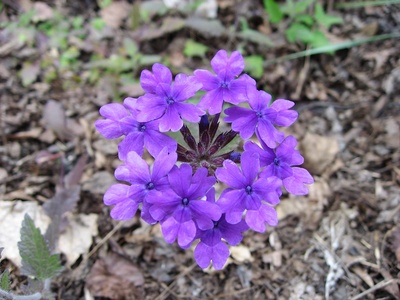
Trailing verbena
Long-blooming, low-growing clusters ideal for groundcover and containers; attracts butterflies.
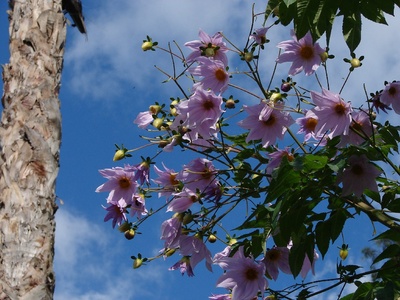
Tree dahlia
Cane-like dahlia with large late-season blooms up to 3–4 m tall—dramatic late interest.
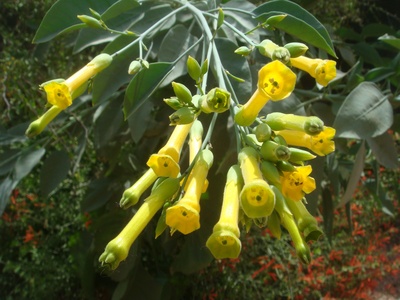
Tree tobacco
Evergreen shrub with tubular, mildly fragrant night-blooming flowers; striking but mildly toxic.
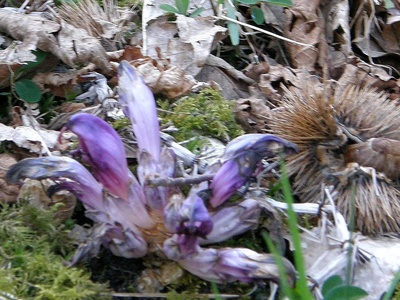
Toothwort
Low woodland wildflower with clusters of four-petaled blooms—good naturalizing plant for shade.
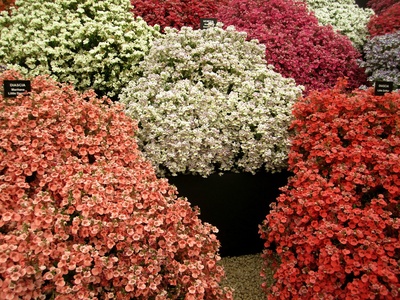
Twinspur
Delicate two-spurred flowers on mounding plants—excellent in containers and hanging baskets.
